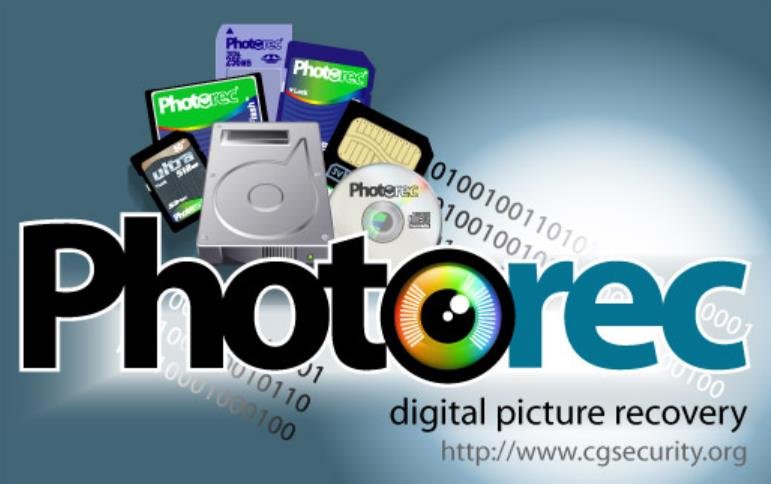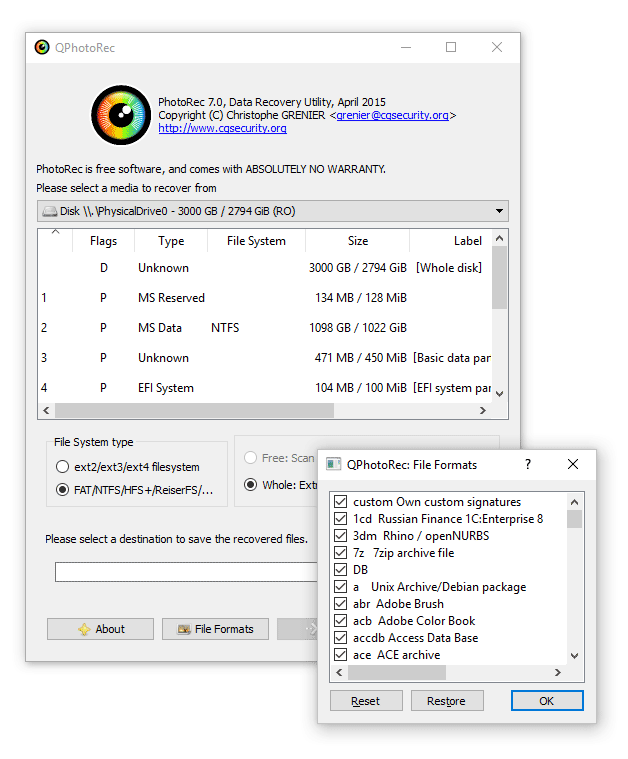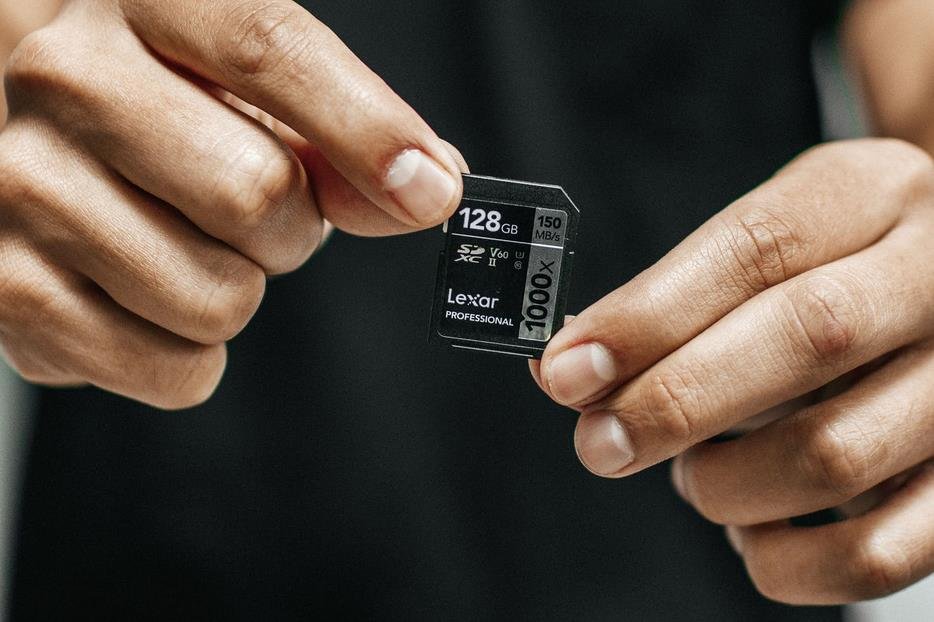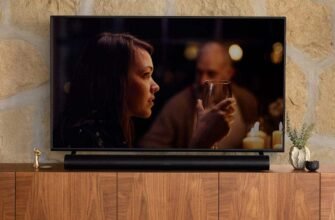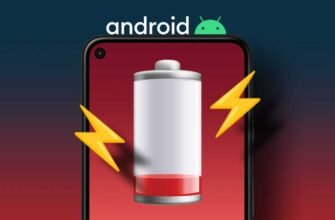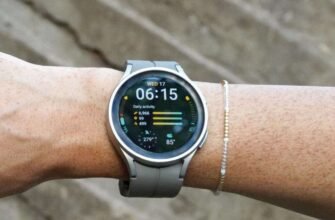Have you accidentally deleted some photos from your SD card? Or even clicked "delete all"? Most likely, they are very easy to remove. In this article on how to recover deleted photos, we will tell you what you can do to recover the information, because deletion is not what it seems and there are many possibilities to recover lost photos.
Before you begin, remember that once you've accidentally deleted a photo, you should avoid doing anything further with the media you're using.
Replace the SD card and save the one that contained the deleted images, as this will increase the chances of you recovering them.
This is based on the recommendations of the creators of the photo recovery software we are going to offer.
Deleting a file on your computer is not what it seems
Most deleted files can be recovered very easily. The reason is that when we delete a photo from the camera, it is most likely that the file is not actually deleted, but two things can happen:
- Any reference to the current file is removed.
- The file is marked as remote.
That is, when a photo is deleted, it's not that all the data blocks it was in are filled with zeros and ones, because that takes longer than the previous two methods. This is made possible by the way file systems, which organize information, work.
You can say that the whole thing is that instead of removing the book from the library, all references to it are removed (where it is, what book it is, etc.). And they remain in the same position. When a new book needs to be inserted, this "unknown book" will be drawn from there to put it in that place.
Information is always stored on the medium, and the most common file system in these cases will be FAT, in particular FAT32. It stands for File Allocation Table, and basically describes the way files are stored in physical locations in memory.
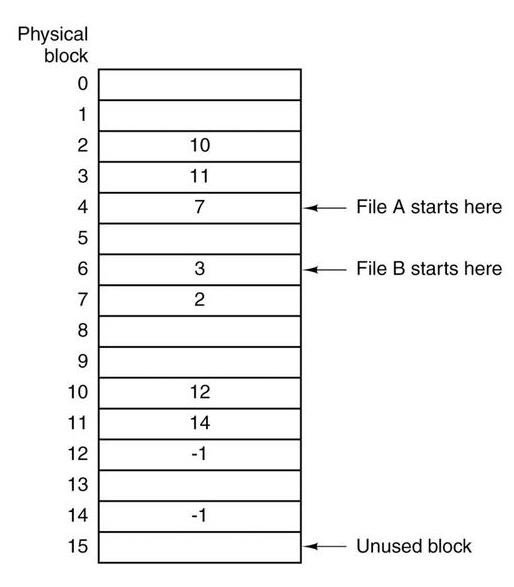
These positions are divided into blocks, and the same file can occupy one or more, and they do not necessarily have to be contiguous. For example, a photo that occupies 3 blocks can be in the 4th, then the 7th, then the 2nd, then the 10th ... In the FAT table there will be an entry for the beginning of the file in the position corresponding to its first block (we will see example file A starting with 4th). It will contain the next block we need to access, in our example the 7th, and so on until we reach the last block, which instead of leading to a specific one, will have a fixed value (eg -1) .
If the file is not referenced from the FAT table, but is simply marked as removed, it will be very easy to restore it if you end up not needing any of these data blocks, which is what we recommend at the beginning of the article.
Because of what we have explained to you, there are many programs that allow you to recover deleted photos, including files from your camera. You just need to connect it to your PC and use the appropriate software. Now you will see that the previous idea is not the best to achieve the result, but luckily we have many options.
PhotoRec is your best assistant for recovering deleted photos
The most important program for recovering deleted photos is PhotoRec, not only because it is completely free and open source, but also because it is specially designed for digital photos.
As we've explained, the big problem with recovering files in a FAT system like the one your camera SD uses is that it's only possible if the file is in contiguous blocks, which it shouldn't be. So the key to PhotoRec is that it completely ignores the file system and is designed to find data deep in memory. In this way, we will also get rid of problems if we formatted the whole card, and not just deleted a few photos.
In particular, PhotoRec is able to determine the block size of the device, and based on this value, it scans each block for new files. The program has a database of signatures that allows you to determine the file extension in order to proceed with its recovery. These include photos in .jpg format, which are widely used in digital cameras.
It is ideal when files are stored in continuous blocks (without fragmentation), but the program has methods for complete recovery of fragmented files.
We also take this opportunity to point out that this program won't cause any problems with files you've already written, as it performs the entire process in read-only mode.
How to use PhotoRec to recover deleted photos
Let's now see how we can use PhotoRec with our device. This program comes bundled with TestDisk, another software from the same developers, so we'll have to download it ourselves. We leave you the download link here.
First of all, we recommend that you connect the camera to the computer or, otherwise, only to the memory card, depending on whether you have a compatible reader or not.
After downloading the zip file from testdisk, we unzip it to the desired folder and go to it. There we will find two executable files: photorec_win.exe and qphotorec_win.exe. Latest version with GUI, easier to use.
Once inside, the first thing to do is select the device on which we want to recover data. We can do this in the selection menu that we find at the top of the main program window. There we will select our map.
So basically we will have two options: either select a partition on the disk or not select any ("No partition"). The last option, which will allow us to scan basically the entire device, regardless of its partitioning. Maybe it's a better option if we formatted the whole block, in case we just deleted a few photos, it might be more convenient to select the appropriate section.
Whatever it is, at the bottom we will select the type of file system, where we will need to select FAT / NTFS / HFS + / ReiserFS / …, since this is the option corresponding to the file system that will be in our camera. If you are doing this for a Linux partition and not a memory card, you should choose the ext2 / ext3 / ext4 option.
We will continue to select the directory in which we want to save the files for recovery, on the disk of our computer or other auxiliary device to which we are going to recover.
The next step will be to determine the type of files we want to recover (click "File Formats"). This is a pretty important part, because if you look at what we get in the program, there are a huge number of file extensions that we don't need to scan at all. And if we leave them all, it is possible that the program will spend extra time searching for these records.
Therefore, in the case of a card, we recommend choosing only the extensions in which you save images, such as JPG or RAW.
It should be noted that by pressing the button "Reboot", you can uncheck all items, and in "Restore" all those that were before will be checked again.
Well, now we can start the process of restoring our photos, which is sure to take quite a while, so relax. Click "Search", and everything is ready.
Then the program will start with a very quick pass through the sectors of the device to continue reading all the sectors in search of files to restore. As we say, this can take a long time, especially depending on disk space. So don't expect to be able to use it for hours, you might even have to let it run overnight. Therefore, it is probably more convenient to connect the card through the reader, and not through the camera or phone itself, although it may still work.
As the files recover, they will be available in the folder of your choice in "recup_dir". You will be able to see them by determining if they are what you were looking for, and the truth is that in many cases you will be surprised by old photos that you did not expect to see there.
Personally, PhotoRec has saved me a lot of trouble and I've been able to recover entire photo sessions after accidentally formatting my SD card. But in other cases it also failed me. I'd say it worked for me "half the time" or more.
What if you can't get information?
After going through a full scan with PhotoRec, if you were unable to recover the data, it is quite likely that it is no longer recoverable. And the thing is that this program performs a deep search of the data, so every bit it remembers must be analyzed.
We should also not rule out the possibility of disk corruption, especially if the information was not deleted voluntarily. More precisely, corruption of the file system or the device itself is not a common occurrence, and if you have understood our explanation of how these systems work, you will understand that this problem can have catastrophic consequences, including outright data loss. A good sign that this is happening is that the drive is read-only, files or folders are being renamed without meaning to, etc.
Visnovki
Deleting an image from the memory card or even accidentally deleting all images can happen frequently. Then the methods of recovering deleted photos become necessary. In particular, there are a large number of programs that allow us to do this with a relatively high degree of success.
This is achieved by the fact that when we actually delete a file or perform a format, we only delete the reference to it, but not the information itself. It will remain in the storage block until it is overwritten by another file or photo in this case.
Therefore, as soon as we discover that we have made an accidental deletion, we must stop using that storage (SD card or where the photos are located) to avoid recording the deletion data. So, let's connect the device to our PC and use the software. Our recommendation is definitely PhotoRec. It's open source, works great and performs a thorough scan.

